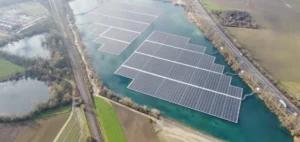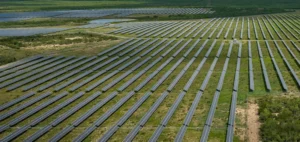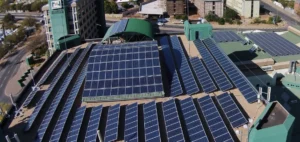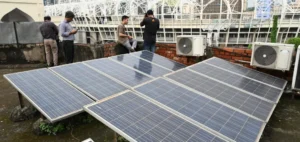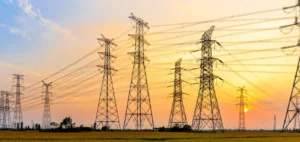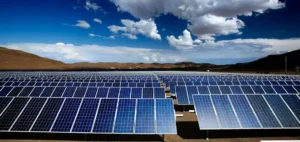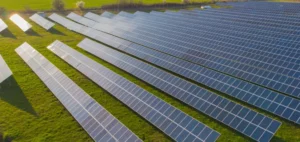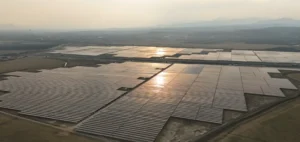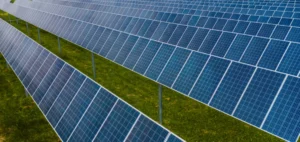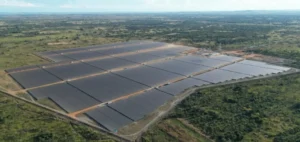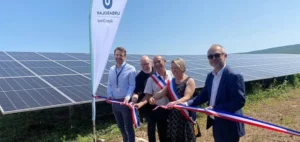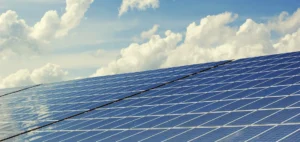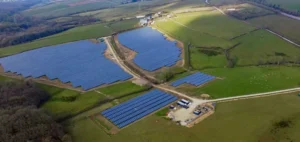Researchers are developing an innovative method for storing solar energy using photochromic molecules, offering promising prospects for the energy sector.
The conversion of the sun’s rays into energy has been mastered thanks to photovoltaic panels.
However, efficiently storing this energy for later use remains a major challenge.
Scientists are now exploring the use of photochromic molecules to meet this challenge.
The principle of photochromic molecules
Photochromic molecules change structure under the effect of light, a property that has long been exploited in various fields.
By exposing them to ultraviolet light, these molecules can store energy by altering their chemical configuration.
This stored energy is then released in the form of heat on demand, providing a means of controlled storage. Teams from CNRS and École normale supérieure (ENS) Paris-Saclay are working on this system, known by the acronym MOST (Molecular Solar Thermal).
They are using molecules from the diarylethene family, capable of undergoing multiple charge/discharge cycles without noticeable degradation.
Potential applications in the energy sector
This technology could revolutionize thermal storage in buildings.
A fluid containing these molecules would circulate over roofs, charging up with solar energy during the day.
At night, it would release the accumulated heat for heating, offering an alternative to current battery-based storage systems.
The researchers were able to precisely quantify the energy storage and release mechanism, a significant advance for system optimization.
This deeper understanding opens the way to industrial applications and improved energy efficiency.
Challenges and prospects for the industry
The development of new methods for storing solar energy is crucial for the energy sector, in search of efficient and sustainable solutions.
The chemical approach offers advantages in terms of cost and flexibility, using abundant and recyclable organic materials.
Challenges remain, including improving the long-term stability of the molecules and increasing their storage capacity.
Interdisciplinary collaborations are underway to overcome these obstacles and accelerate the industrial implementation of this technology.
Advances in the field of photochromic molecules are opening up new prospects for energy storage.
By combining scientific innovation and practical applications, this approach could transform current energy management methods in the sector.


